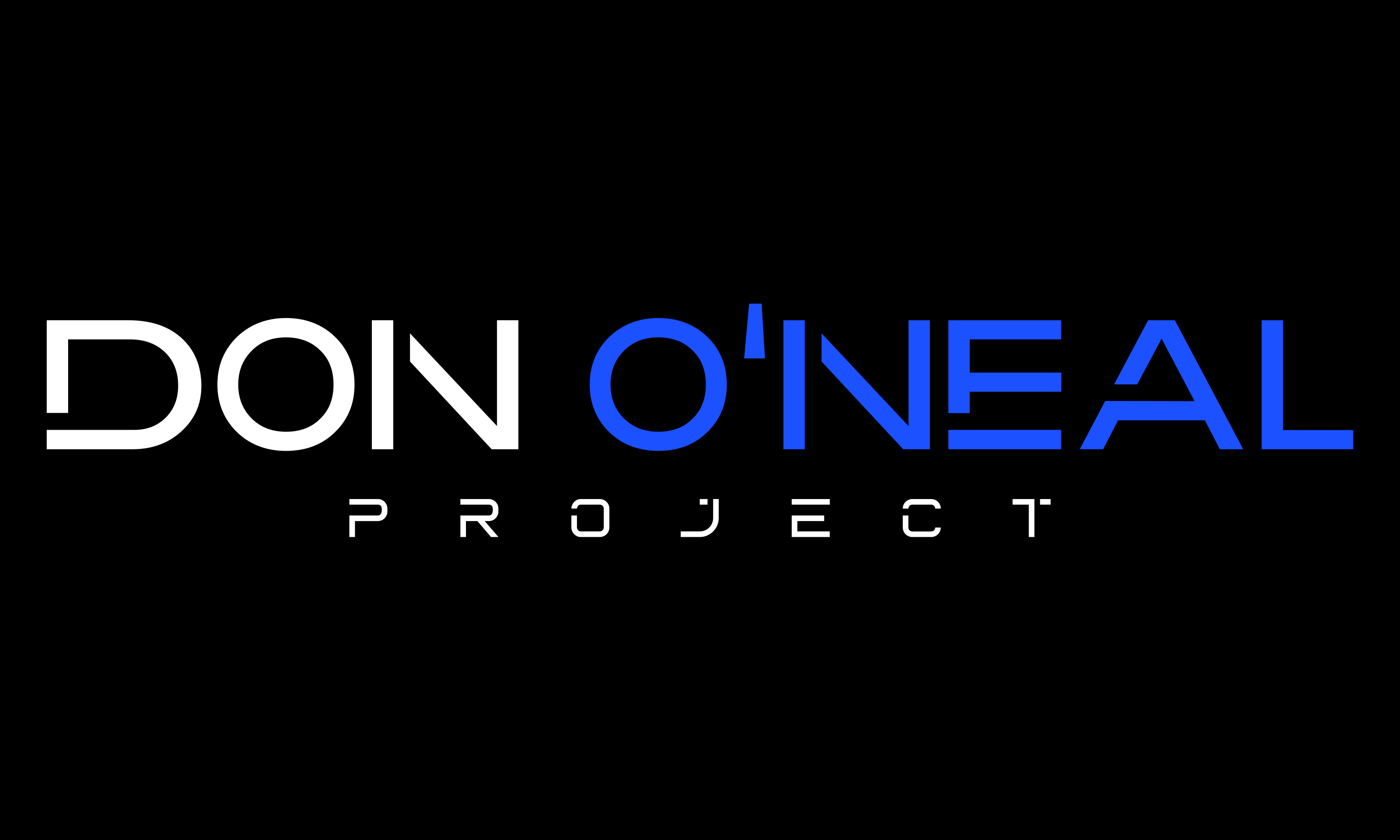Setting goals is a vital practice for personal and professional development. It helps us focus our efforts, provides direction, and ultimately leads to greater satisfaction and success in various aspects of life. Whether you’re trying to achieve milestones in your career, improve your health, or develop better habits, effective goal-setting strategies can be the cornerstone of your achievement. In this blog post, we will explore practical guidelines and techniques for successful goal setting.
Understanding the Importance of Goal Setting
Goal setting is more than just a way to mark what you want to achieve. It is a structured approach to breaking down complex aspirations into manageable tasks, allowing you to track progress and stay motivated.
The Psychological Benefits of Setting Goals
- Enhanced Focus: Goals help filter distractions, allowing you to concentrate on what truly matters.
- Increased Motivation: Knowing what you’re working toward can be a powerful motivator.
- Boosted Self-Esteem: Achieving your goals reinforces your belief in your abilities.
The Evidence Behind Goal Setting
Statistics show that people who set specific goals are more likely to achieve them. According to a study published in the American Journal of Lifestyle Medicine, individuals who set goals are 10 times more likely to achieve higher performance than those who don’t.
Key Components of Effective Goal Setting
To set effective goals, it’s essential to ensure they meet specific criteria. The SMART goals framework is a widely-recognized method.
What are SMART Goals?
- Specific: Clearly define what you want to achieve.
- Measurable: Establish criteria to measure your progress.
- Achievable: Ensure your goal is realistic and attainable.
- Relevant: Your goal should matter to you and align with other objectives.
- Time-bound: Set a deadline to create a sense of urgency.
Examples of SMART Goals
- Instead of “I want to get fit,” say “I will work out for 30 minutes, five times a week for the next three months.”
- Replace “I want to save money” with “I will save $200 each month over the next year for my vacation.”
Strategies for Achieving Your Goals
Once your goals are set, implementing effective strategies is critical for success. Here are some approaches to guide you.
Break Down Goals into Actionable Steps
Chunking larger goals into smaller, manageable tasks can simplify your journey. This method helps build momentum and makes daunting goals feel achievable.
- Identify your main goal.
- List five to seven smaller steps you need to take to achieve that goal.
- Set deadlines for each step.
Use Technology to Stay Organized
Leverage digital tools to track your goals effectively. Applications like Trello, Asana, and Google Keep can help you organize your tasks and remind you of deadlines.
Monitoring Progress and Adjusting Goals
Achieving goals is not always a linear process. Monitoring progress and being prepared to adjust your approach is essential.
Regular Check-Ins
Set aside time weekly or monthly to review your progress. Ask yourself:
- Am I on track to meet my deadlines?
- What challenges have I encountered?
- Do I need to adjust my goals or timelines?
Celebrate Milestones
Recognizing and celebrating your achievements, no matter how small, can motivate you to keep going. Consider the following:
- Treat yourself to something special when you reach a goal.
- Share your accomplishments with friends or family.
Conclusion
Setting and achieving goals is a journey that requires balance, organization, and determination. By understanding the importance of goal-setting, using the SMART framework, and employing effective strategies, you can make significant strides toward your aspirations. Remember to monitor your progress and celebrate your achievements along the way. With these approaches, you’ll be well on your way to achieving your dreams and reaching new heights in your personal and professional life.



